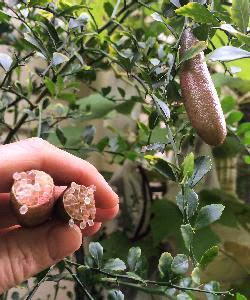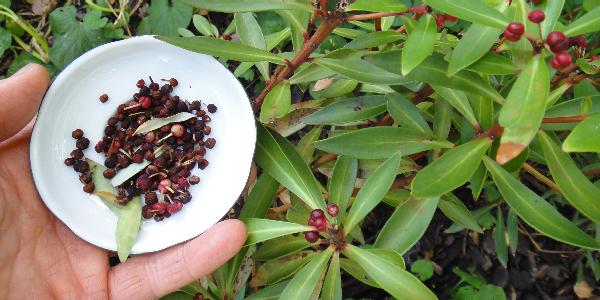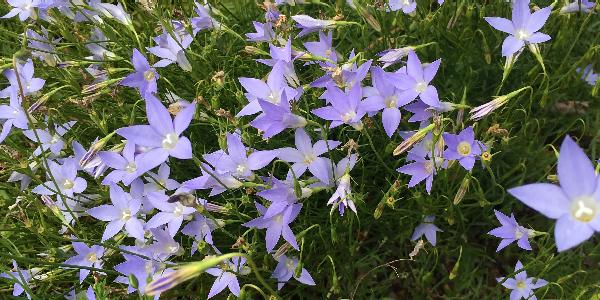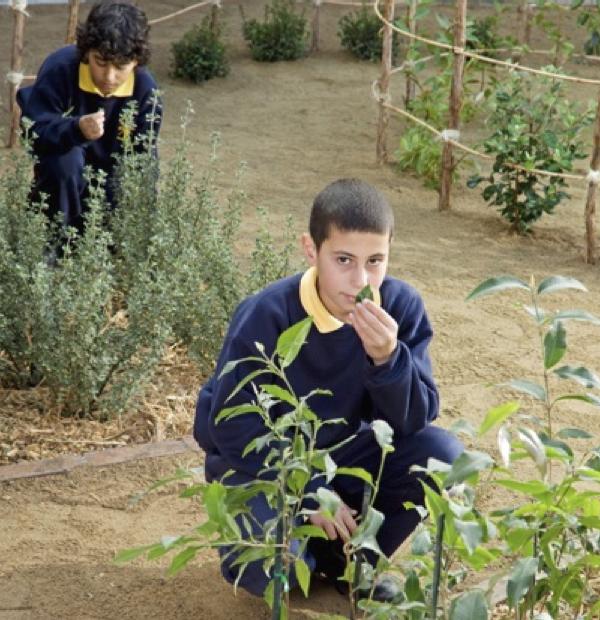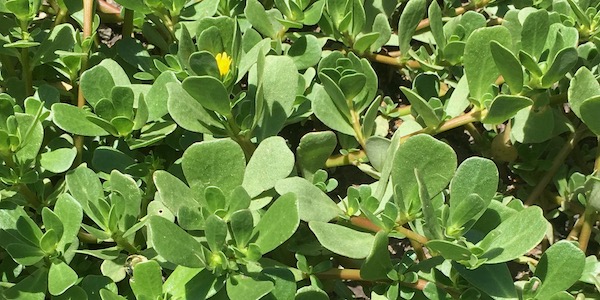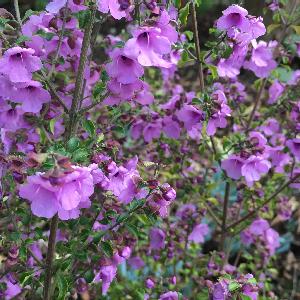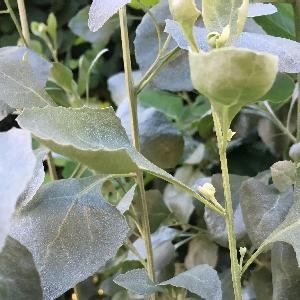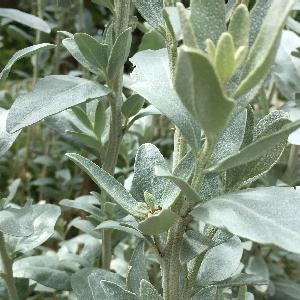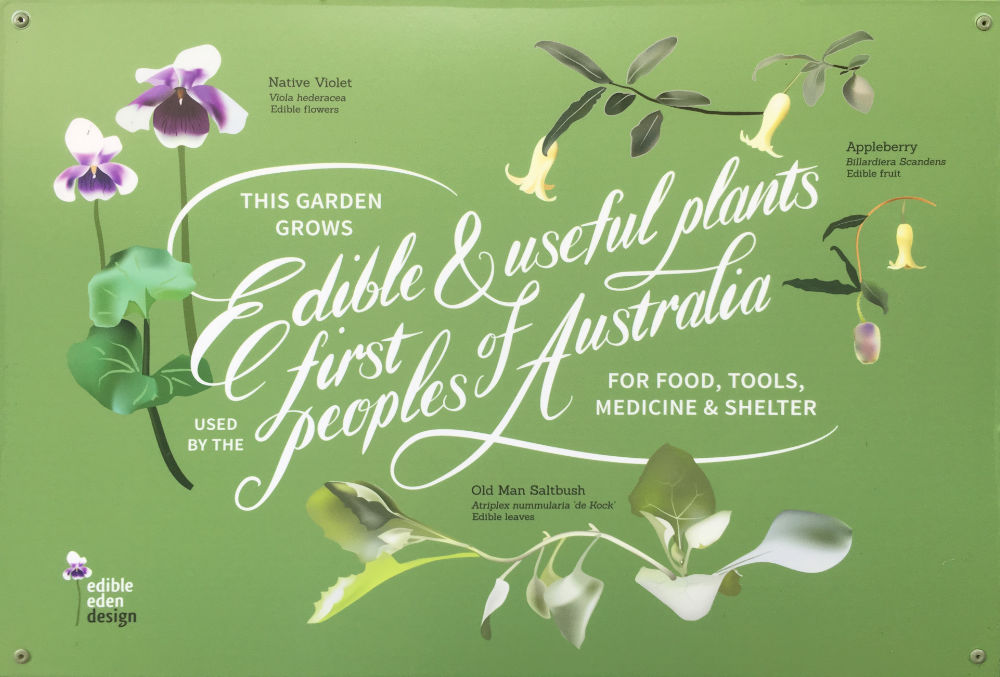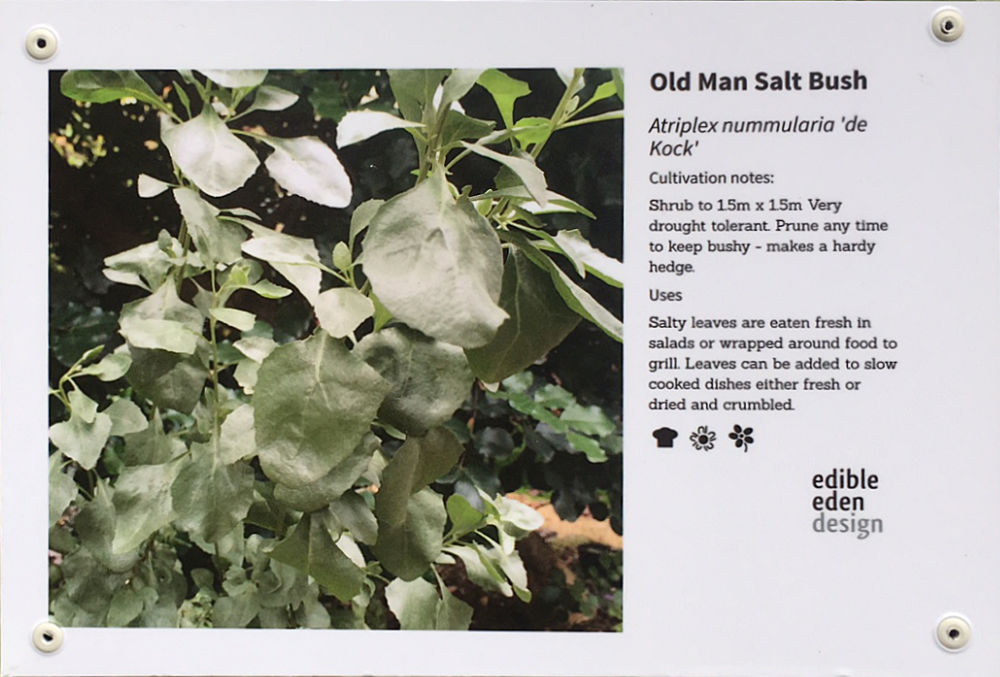Bush food gardens
Bush tucker, bush food, native food plants…
Many terms are used to describe native Australian food plants, as used in gardens and kitchens. They tell the story of an evolving awareness around these plants by non-Indigenous people. Bush tucker, then bush food gardens, are giving way to native food gardens, that are as at home in the cities where we increasingly live, as in the bush where they come from.
Australian indigenous people have for over 60,000 years lived sustainably with this land; growing, harvesting and eating from an abundance of different native foods. The developing native food industry uses but a small selection of these food plants. These plants are adapted to the unique and often harsh Australian climate and soil, and as such need less inputs of water and fertiliser than most plants foreign to Australia.
Indigenous plants usually refers to plants local to a particular area, such as Melbourne or an area within Melbourne, such as the northern suburbs. Plants can also be indigenous to a wider area, such as Victoria or Australia.
And how we use them…
Edible Eden Design has, for many years, incorporated Australian native food plants into urban gardens. Whether you want a scattering of new bush food plants in an existing garden, a bush food trail with interpretive signage, a quiet sensory garden, or you need to transform a large problematic site, or create a display for an event, we can help you.
We work collaboratively with community groups, schools, kindergartens and government organisations, and can help manage projects that have several stakeholders. We can work with you from the concept plans through to installation, providing expertise, supervision and tools for groups. We have our own range of signage for these gardens, to help visitors understand the plants, their significance and how to use them.
By learning about the plants that are native to our land, we can start to appreciate and respect their stories, and to care for the country they come from.
Gunyah Garden & Karen’s native food journey
Karen’s own garden, Gunyah, in the northern suburbs of Melbourne, grows more than 30 native food plants, including lemon myrtle, strawberry gum, old man saltbush, finger limes and native pepper plants.
Gunyah garden grows on Wurundjeri soil, and we would like to acknowledge the original owners and custodians of this land, both past, present and future. Gunyah means home or resting place in the Dharuk language, from NSW.
Native food plants grow throughout Gunyah garden, in pots and in the verge garden, showing how easily these plants can grow in an urban setting. For over 15 years, Karen has been adding to her collection of unusual native food plants, and continues to learn about these amazing plants and how to use them. She speaks regularly about native food plants and their uses, whether as culinary, sensory or companion plants.
Karen also grows a selection of these amazing plants for use in projects, displays or at pop-up nursery days such as at her yearly open garden. She also grows a selection of native food plants in the rich red soil of her parent’s small farm near Dookie, Victoria.
Through gaining a deeper understanding of these plants Karen has been asked to design and work on indigenous interpretive gardens in country Victoria, which are now used for teaching by local indigenous people. In the city, she has also worked on smaller gardens, bush food trails and integrated plantings for schools and kindergartens.
A deeper awareness and respect of indigenous culture has developed as an inevitable part of such a journey for Karen.

Karen Sutherland at Gunyah Garden, talking about growing and using lemon myrtle
purslane
Purslane or Portulaca oleracea is thought by many to be a weed but in fact is a native plant to Australia. This drought tolerant plant self-seeds readily and grows as a low ground cover in the hotter months, filling in a gap when it’s hard to grow leafy greens. Eat leaves in salads or cook in tomato, garlic and onion based sauces. For those who like to know about the nutrient levels in their food, this plants is high in omega-3 fatty acids. Simply allow plants to drop their fine black seeds or spread them through the garden so you have a good supply of plants next summer. They prefer to grow in open sunny situations.
Native Food Plants
Below are some colourful Australian food plants. Hover over the pictures to learn their common and botanical names. Left to right, you can use native sage for herb butter or inhale the fragrance to help a blocked nose; old man saltbush has the tastiest leaves of the saltbushes for use in salads; macadamia ‘Pinkalicious’ has amazing flowers before setting nuts; and coastal saltbush is native to Victoria’s coastline so is often foraged by Melbourne’s chefs.
Karen’s top six bush tucker plants for school gardens
Are you looking for a list of bush tucker plants for your garden? Here are some of Karen’s favourite bush tucker plants for Victorian school gardens, as prepared for the Stephanie Alexander Kitchen Garden Foundation’s professional development program.
Selected bushfood plants are available from Karen’s plant nursery
Bush Tucker Garden Starter Pack Brochure
Signage
Our beautiful interpretive signs are available to order in either long lasting and recyclable powder-coated steel, or in economical corflute. Examples can be seen here.
Our bush food garden Welcome sign has been hand drawn for us, and is available in several sizes.
Our plant identification signs feature a colour photograph, the plant’s botanical name, common name, how to grow and how to use the plant, QR code, as well as some simple graphics for quick information.
Contact us to discuss your needs.

